- Country
- Travel Package
- Blogs
- Contact Us
-
- Dashboard
- Booked List
- Wishlist
- Login

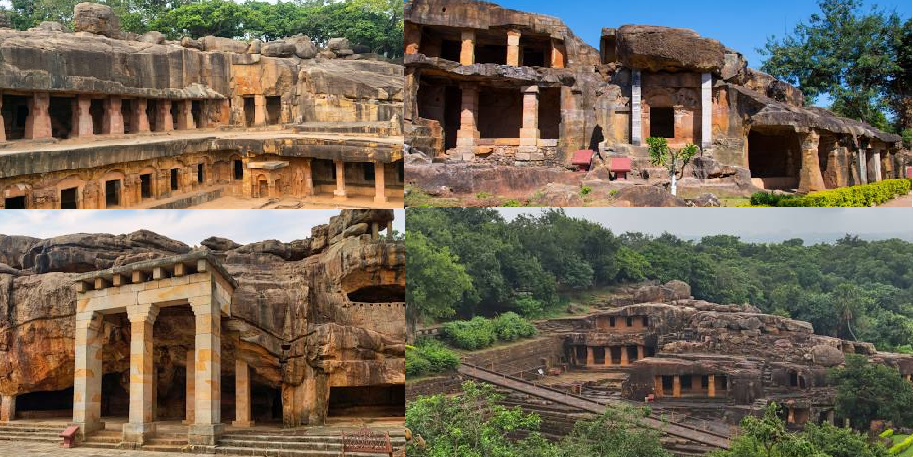
Key Features:
Historical Significance: The caves are believed to have been carved out during the reign of King Kharavela of the Kalinga dynasty. They served as monastic retreats for Jain monks.
Architecture: The caves exhibit intricate carvings and inscriptions that reflect the artistic style of the period. Udayagiri consists of 18 caves, while Khandagiri has 15, with notable features like the famous Hathi Gumpha (Elephant Cave) and the Rani Gumpha (Queen's Cave).
Religious Importance: While primarily associated with Jainism, the caves also reflect influences from Buddhism and Hinduism, showcasing the region's diverse religious heritage.
Tourism: Today, Udayagiri and Khandagiri Caves are popular tourist destinations, attracting visitors for their historical significance, stunning architecture, and scenic surroundings.
Conservation: Efforts are ongoing to preserve and protect these ancient caves, which are part of India's rich cultural heritage.
Overall, Udayagiri and Khandagiri Caves are a testament to the architectural brilliance and spiritual history of ancient India, making them a must-visit for history enthusiasts and tourists alike.
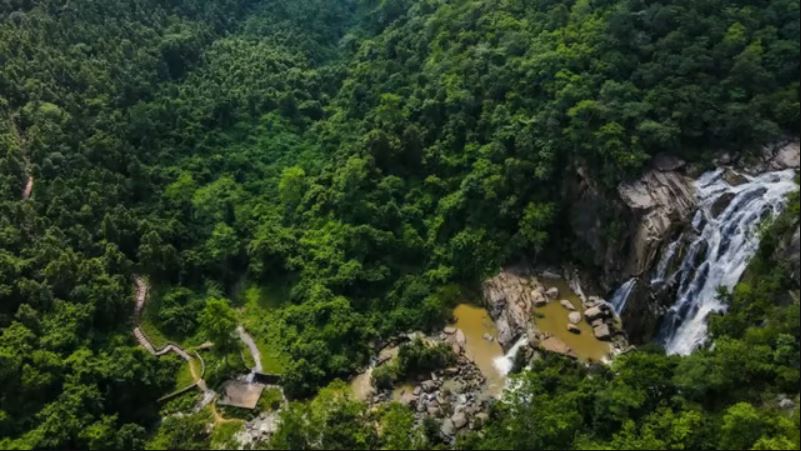
Ranchi, the capital of Jharkhand, is known for its beautiful waterfalls. Here are some notable waterfalls near Ranchi:
Read More ...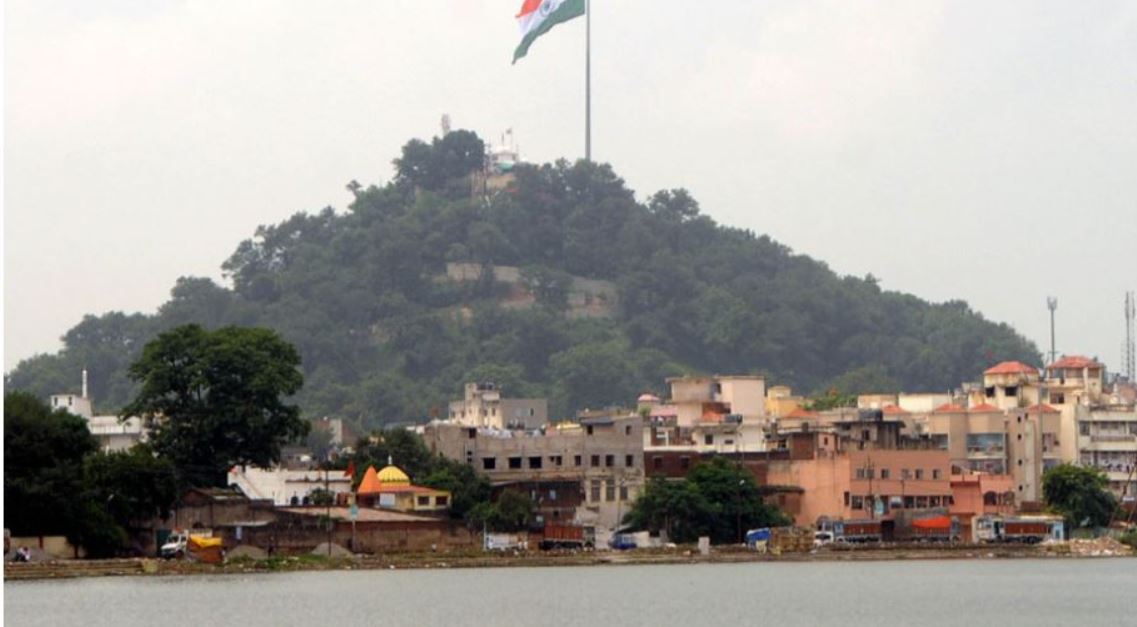
Nestled atop a hill in Ranchi, Jharkhand, Pahadi Mandir is a revered shrine dedicated to Lord Shiva. This temple not only serves as a spiritual center but also offers breathtaking views of the surrounding landscape, making it a popular destination for both pilgrims and tourists.
Read More ...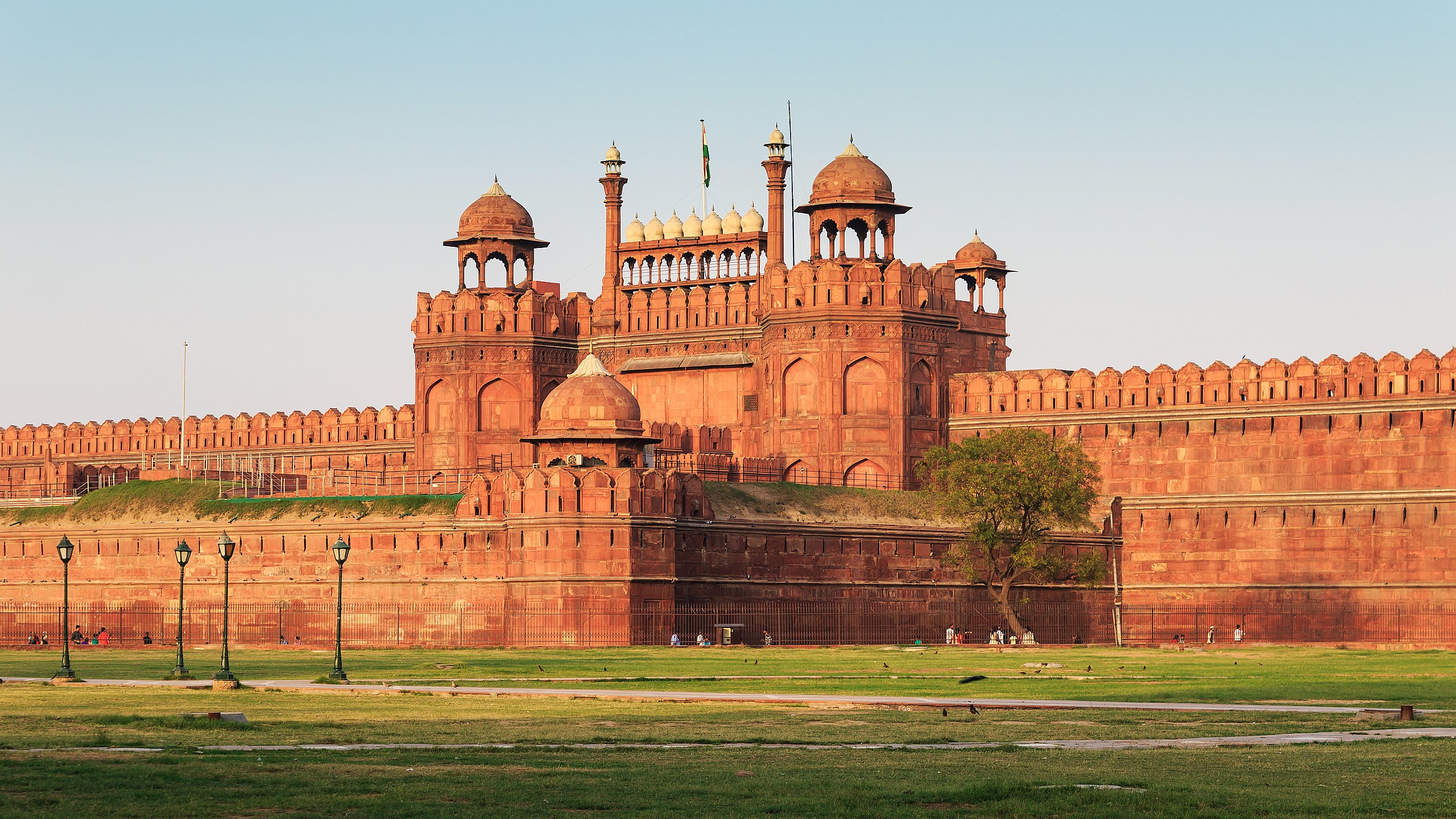
The Red Fort, or Lal Qila, is located in the city of Delhi, India. It was constructed by the Mughal Emperor Shah Jahan in the 17th century and served as the main residence of the Mughal emperors. The fort's architecture is characterized by its impressive red sandstone walls and intricate design.
Read More ...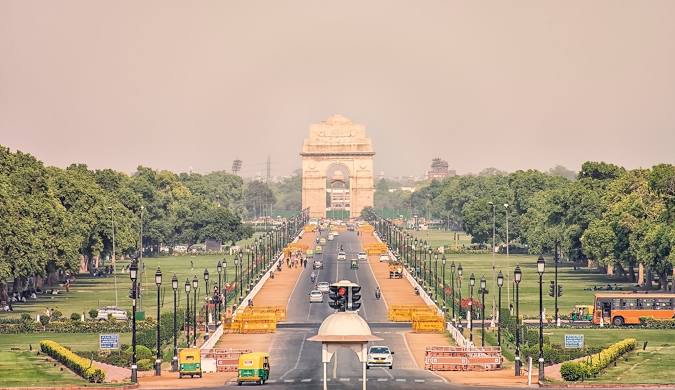
Delhi, the capital of India, is a major city and an important center for Indian history, culture, and politics. The city is known for its rich heritage, diverse architecture, and vibrant atmosphere.
Read More ...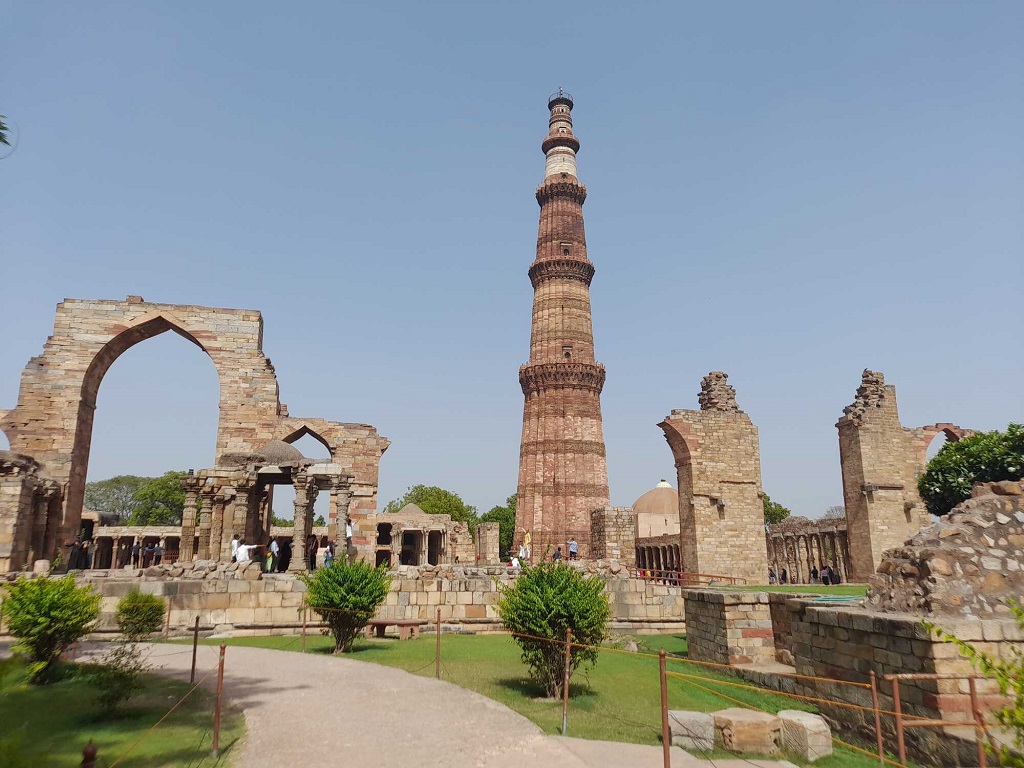
The Qutub Minar is a soaring tower located in Delhi, India. It is the tallest minaret in the world and a UNESCO World Heritage Site. Built in the 12th century by Qutub-ud-din Aibak, the first Muslim ruler of Delhi, the minaret stands as a testament to the architectural prowess of the early Islamic era in India.
Read More ...To find the best hotels and tourist attractions tailored to your travel preferences, please select a country from the list below. Whether you're dreaming of a beach getaway, a cultural adventure, or a city escape, we’re here to help you discover the perfect destination!
Once you make your selection, we’ll provide you with a curated list of top-rated hotels and must-visit tourist spots in your chosen country. Happy travels!